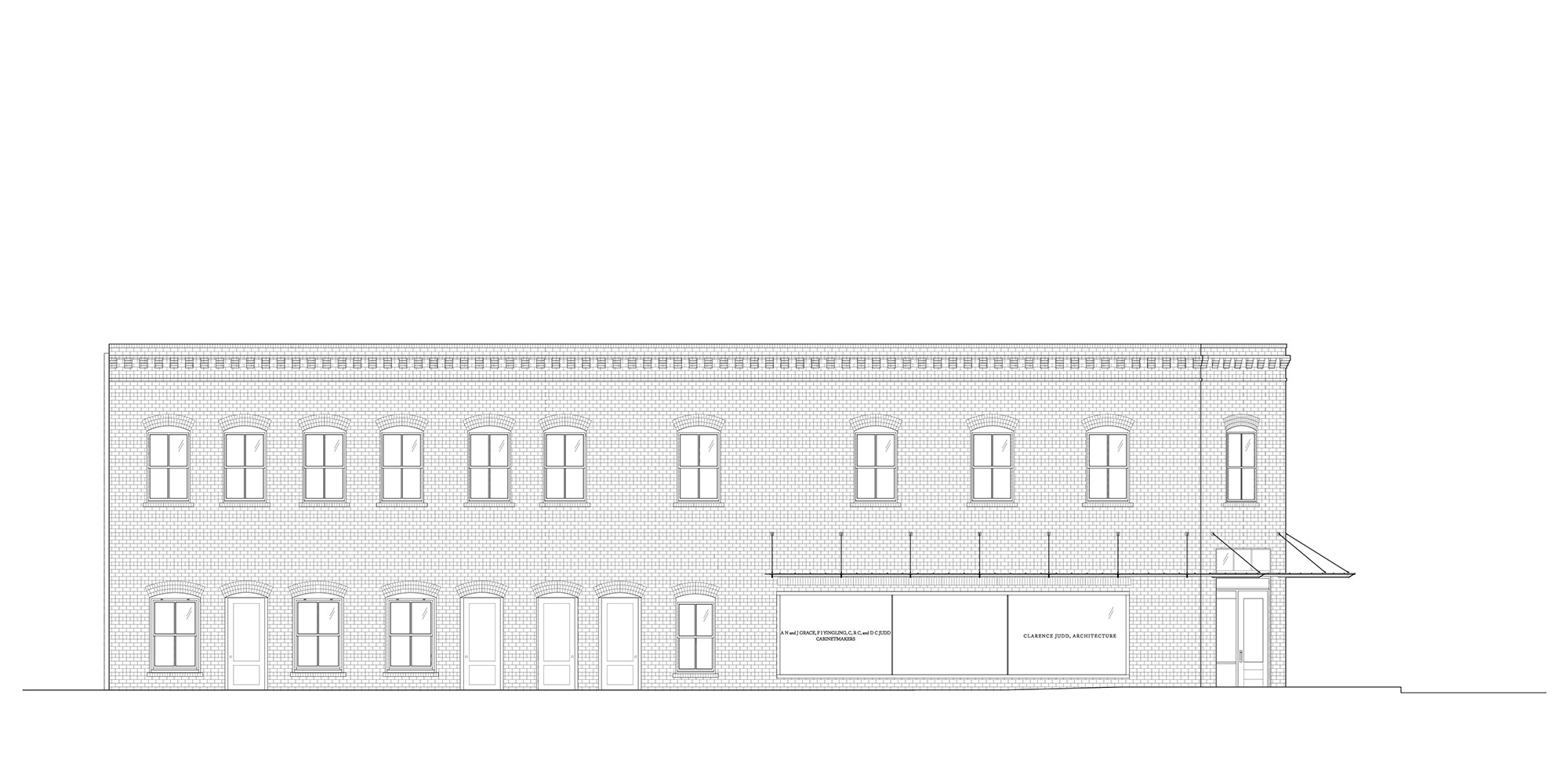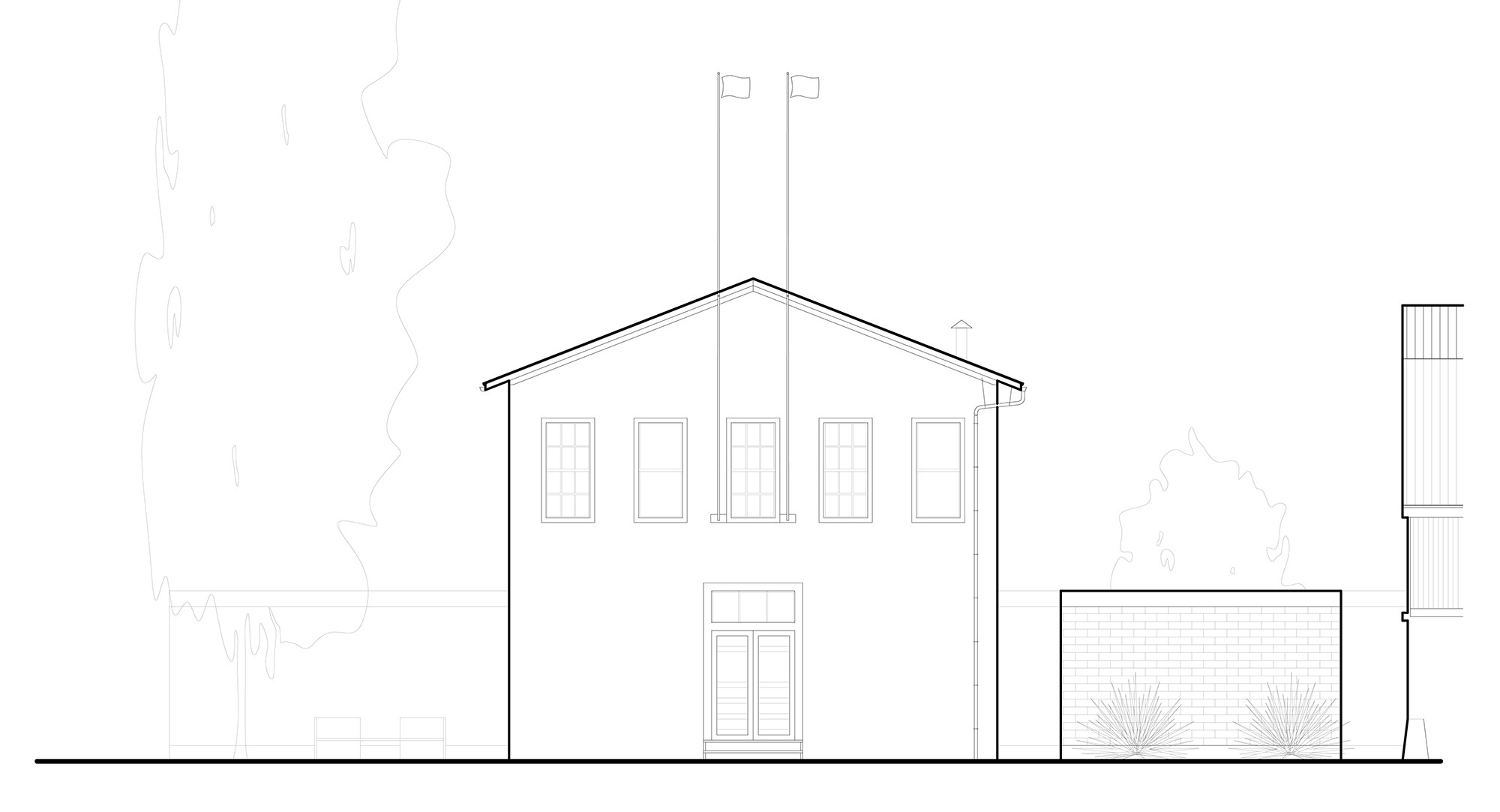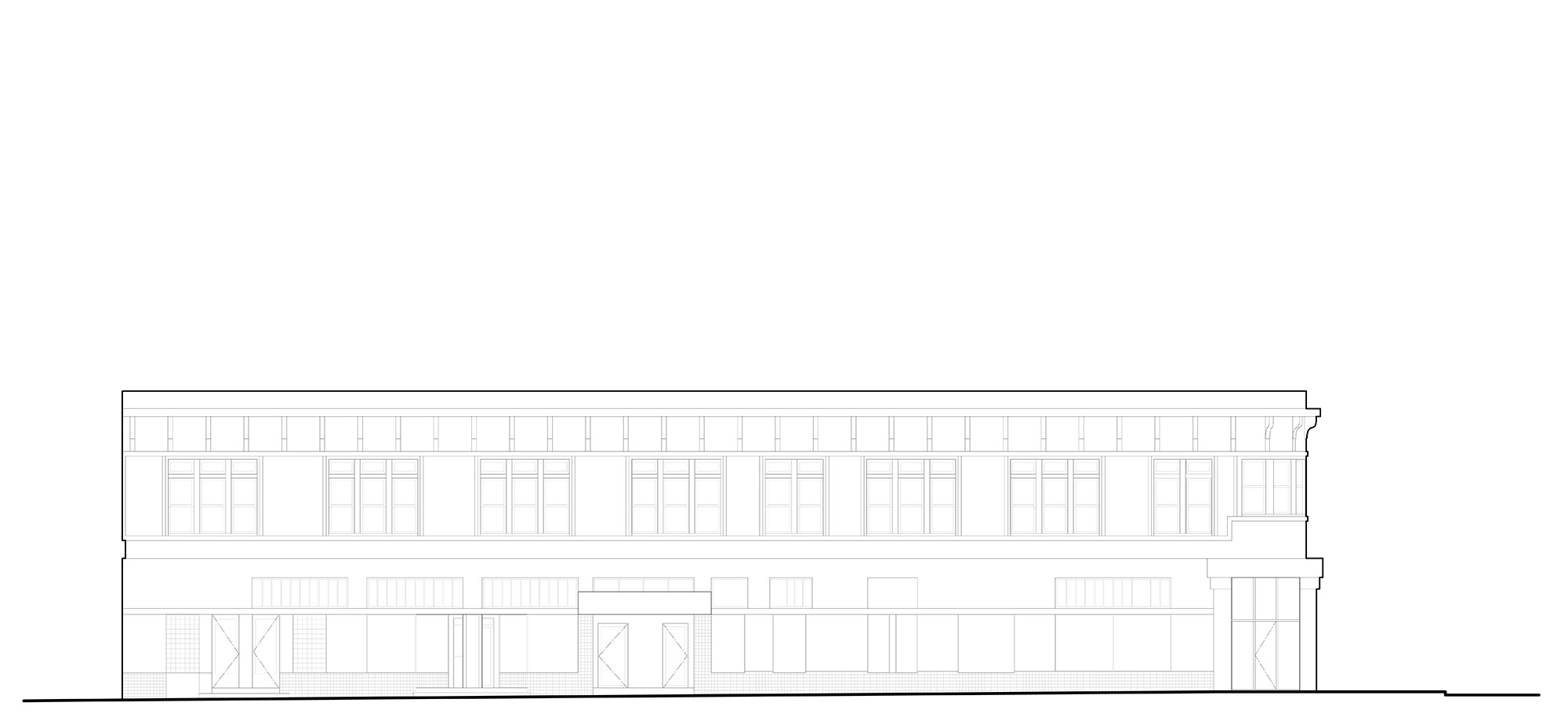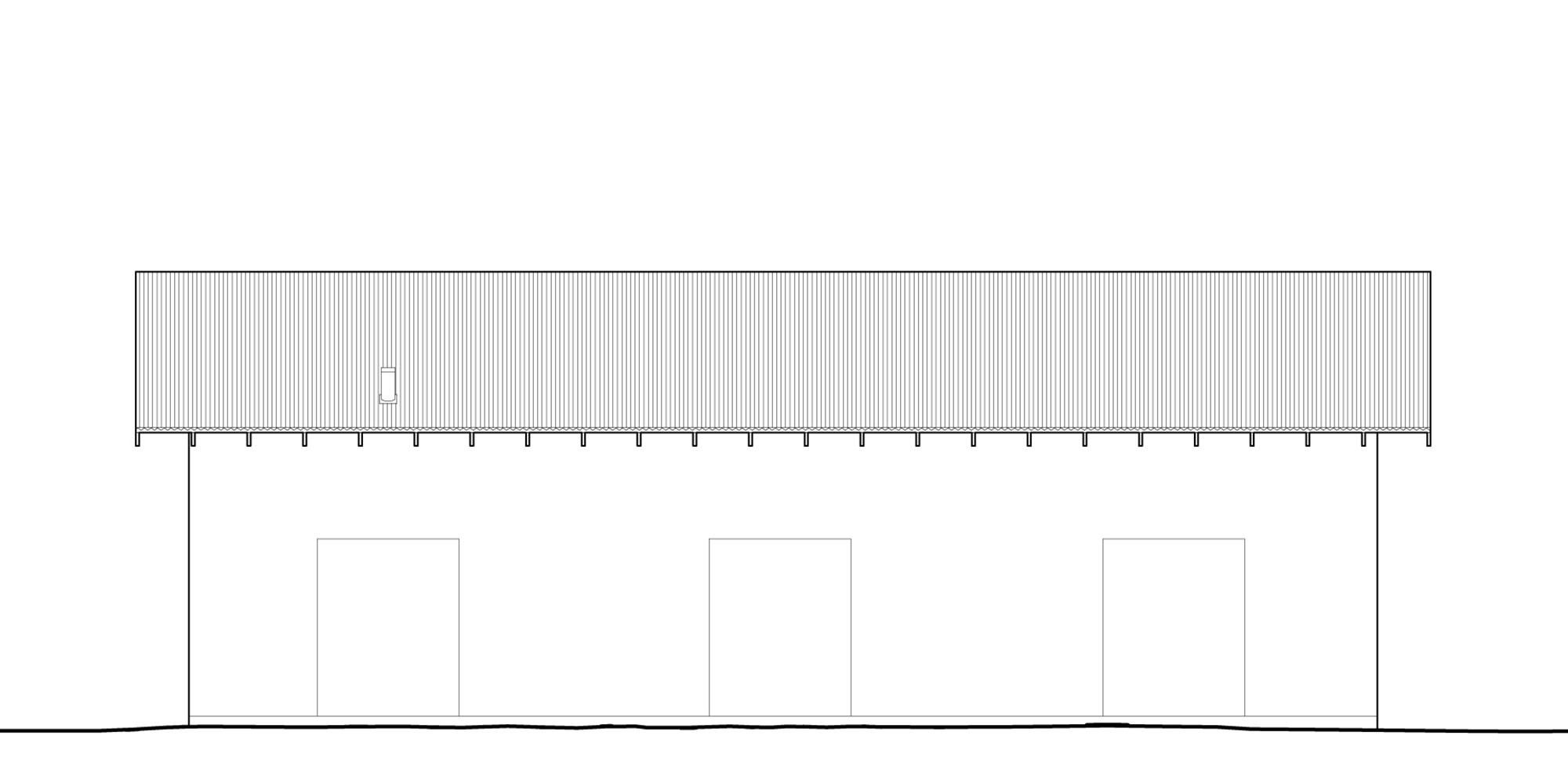Marfa Restoration Plan
Judd Foundation has initiated a long-term restoration plan for its buildings in Marfa, Texas. The Marfa Restoration Plan focuses on the critical protection and restoration of Donald Judd’s spaces and the completion of his architectural plans. The buildings of the Foundation’s Marfa campus will be restored in three phases, expanding public access to Judd’s permanently installed spaces. The plan directly supports Judd’s intentions for the Foundation, as he wrote in an essay titled “Judd Foundation” in 1977:
The purpose of the foundation is to preserve my work and that of others and to preserve this work in spaces I consider appropriate for it. This effort has been a concern second only to the invention of my work. And gradually the two concerns have joined and both tend toward architecture.
The Marfa Restoration Plan was developed in partnership with project architects Schaum/Shieh, with support from the Board of Trustees and Marfa Restoration Committee. The plan builds upon five years of research and environmental studies commissioned by Judd Foundation.
Marfa Restoration Plan Committee
Suzanne Deal Booth, Co-Chair
Dudley Del Balso, Co-Chair
Robert C. Beyer
Fairfax Dorn
Michael Govan

Introduction
Defined by Donald Judd’s plans, drawings, and writings, the scope of Judd Foundation’s Marfa Restoration Plan will restore, protect, and sustain his spaces. The plan includes the completion of Judd’s buildings that were not realized in his lifetime, and will be implemented in three phases:
Phase I: Architecture Office, La Mansana de Chinati/The Block
Phase II: Archive Building, Print Building
Phase III: Ayala de Chinati
To learn more about the Marfa Restoration Plan and how to get involved, please contact Hannah Parker, Director of Development at hparker@juddfoundation.org.
Guiding Principles
Building Plans
Project Team
SCHAUM/SHIEH
Project Architects
Houston, Texas
Silman
Structural Engineering
New York, New York
KCI Engineers
MEP Engineering
Downers Grove, Illinois
Image Permanence Institute
Environmental, Preservation, and Conservation Consulting
Rochester, New York
Higgins Quasebarth & Partners
Historic Consulting
New York, New York
Alpha Masonry
Historic Mason Consulting
Winnipeg, Canada
Method Construction
General Contractors
Marfa, Texas
RC Concepts
General Contractors
Marfa, Texas
High Desert Wood Works
Historic Window Fabrication
Marfa, Texas
Funding
Supporters of the Marfa Restoration Plan ensure the legacy of Donald Judd’s work in Marfa, Texas. Judd Foundation is pleased to recognize generous donors to the plan, and thank them for their leadership and support.
For more information on how to donate to the Marfa Restoration Plan, including tickets to the Annual Benefit Dinner, please contact Hannah Parker, Director of Development, at hparker@juddfoundation.org.
Support the Marfa Restoration Plan today
Major Supporters
Suzanne Deal Booth
Dudley and Michael Del Balso
The Brown Foundation, Inc.
Hermès
Horace W. Goldsmith Foundation
Anonymous
Government & Foundation
- The Alice M. and Thomas J. Tisch Foundation, Inc.
- City of Marfa
- Cynthia Woods Mitchell Fund for Historic Interiors of the National Trust for Historic Preservation
- Hart Family Fund for Small Towns of the National Trust for Historic Preservation
- The Helen Frankenthaler Foundation/Frankenthaler Climate Initiative
- National Trust Preservation Fund
- The Summerlee Foundation
Corporate
Casa Dragones
Cosme
Crane & Co.
David Zwirner
Eleven Madison Park
Emeco
Francis Ford Coppola Winery
Gagosian
Galerie Thaddaeus Ropac
Lisson Gallery
Mignoni
Pace Gallery
Salon 94 Design
Sotheby’s
Leadership Supporters
Loren Pack and Robert C. Beyer
Jack Dorsey
Marty and David Hamamoto
Anthony Meier
Suzi Davidoff and Carl Ryan
Patron Supporters
Scott P. Campbell
Dennis Dickinson
Mack and Cece Fowler
Bertha González Nieves
Gerda Maise and Daniel Göttin
Daniel Humm
Benjamin Hunter
Jim and Kathleen Jacobs
Stephanie LaCava
Jennifer Laird
Trey Laird
Nazy Nazhand
Enrique Olvera
Sally Ann Page
Lisa S. Pritzker
Pilar Crespi Roberts and Stephen Roberts
Ed Ruscha
Elizabeth Miller and Daniel Sallick
Ellen F. Salpeter
Alison Sarofim
Jennifer and Anton Segerstrom
Susan Sosnick
Anne-Cecilie Engell and Rob Speyer
Emily Glasser and Billy Susman
Catherine Walsh
Cynthia and Charles Wilcox
Alexandra Bowes and Stephen Williamson
Candace Worth
Anonymous
To learn more about the Marfa Restoration Plan and how to get involved, please contact Hannah Parker, Director of Development at hparker@juddfoundation.org.



